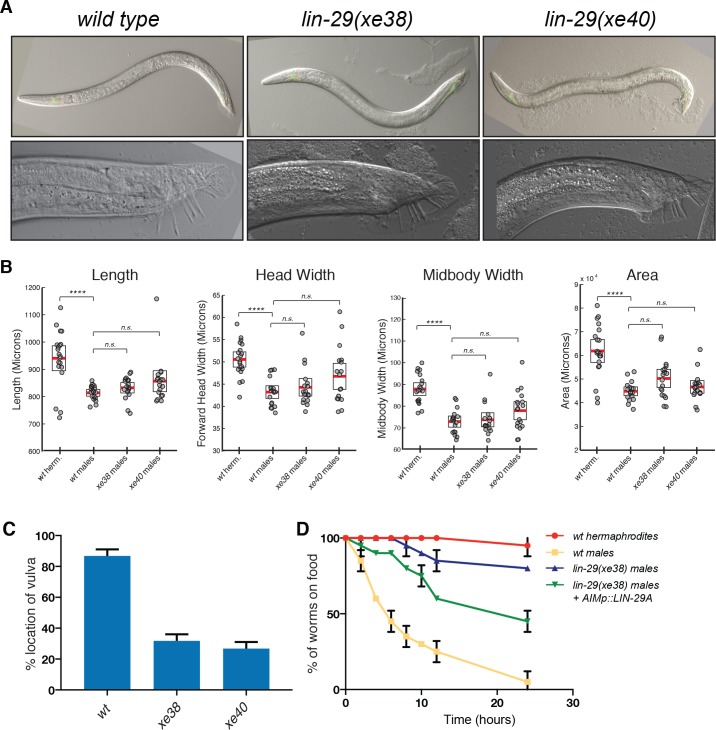Figure 7. lin-29a is required for male mating behaviors.
(A) lin-29A mutants show a normal male tail morphology. DIC images for young adult wild type and lin-29a mutants xe38 and xe40. No morphological defects were detected in the young adult lin-29a mutant males compared to wild type. 20x images for young adult males are shown on the top panels. 63x images of the male tail are shown on the bottom panels. (B) WormTracker analysis of sexually dimorphic postural features showed no difference between wild-type and lin-29a mutant males. Hermaphrodites and males were tracked for 5 min and features describing body posture were analyzed using the WormTracker software. Adult hermaphrodites and males showed sex-specific differences in posture including length, head width, midbody width and area. When wild-type males were compared to lin-29a xe38 and xe40 mutant males no significant differences were found. (C) lin-29a is required for male mating. The ability of the of lin-29a(xe38) and lin-29a(xe40) mutant males to locate the hermaphrodite vulva is significantly reduced compared to lin-29(+) control males (n = 15). (D) lin-29a is required for male-specific mate searching behavior. Young adult males are followed over time and scored for movement beyond 3 cm away from the food source. lin-29a(xe38) mutant males failed to leave the food and search for mates and behaved similarly to wild-type hermaphrodites. lin-29a mate-searching defect could be partially rescued by restoring LIN-29A expression in AIM interneurons (otEx7316). Values plotted are an average of two independent experiments (n = 15 for each experiment).

